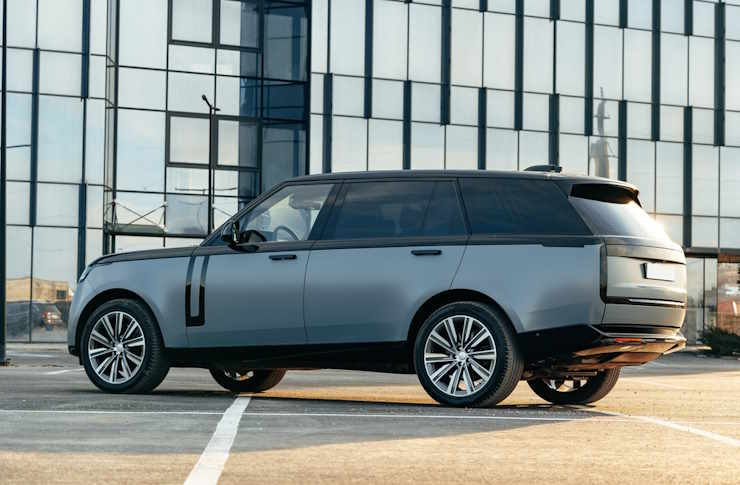Revolutionizing Modern Driving: A Dive into Vehicle-to-Vehicle Communication
Introduction: The dawn of a new era in vehicular communication is upon us. Imagine a world where your car not only talks to you but also to other cars on the road. The concept of Vehicle-to-Vehicle communication (V2V) is no longer just a sci-fi fantasy, but a technological reality that is set to transform our roads and redefine the way we drive.

A Brief Journey through V2V Technology
The concept of V2V communication was initially introduced in the late 1990s, aiming to enhance road safety by enabling vehicles to communicate with each other. By exchanging real-time speed and position data, vehicles could warn each other of potential collisions, thereby reducing accidents.
The development of Dedicated Short Range Communications (DSRC) technology in the early 2000s marked a significant milestone in V2V communication. This wireless communication platform allowed for quick and reliable data exchange between vehicles within a 300-meter range.
However, it wasn’t until the advent of 5G technology that V2V communication really took off. With its high-speed data transfer and low latency, 5G has given V2V the boost it needed to become a vital part of the future of transportation.
Current Trends and Insights into V2V
Today, the automotive industry is witnessing an increasing integration of V2V technology into new vehicle models. The primary objective remains enhancing road safety. However, V2V communication is also being leveraged to improve traffic management, reduce fuel consumption, and lay the groundwork for fully autonomous vehicles.
One of the most promising applications of V2V is in the creation of Cooperative Intelligent Transportation Systems (C-ITS). By communicating with each other and with traffic infrastructure, vehicles can optimize their routes, speed, and braking to create a smoother, safer, and more efficient driving experience.
The Impact of V2V Communication
The implications of V2V communication are far-reaching. On a fundamental level, it has the potential to drastically reduce vehicular accidents by providing drivers with real-time alerts about potential hazards.
Moreover, by improving traffic flow and reducing congestion, V2V can contribute to lower fuel consumption and emissions, thereby playing a role in the fight against climate change.
However, the technology also presents several challenges. The sharing of data between vehicles raises significant privacy concerns. Moreover, ensuring the security of V2V communication systems against cyber-attacks is a critical issue that needs to be addressed.
A Look Ahead: The Future of V2V Communication
While V2V communication is still in its early stages, the technology holds immense potential. Its integration into the broader Internet of Things (IoT) ecosystem could lead to the creation of truly smart cities where every element of the transportation system is interconnected and optimized for efficiency and safety.
In conclusion, V2V communication represents a significant leap forward for the automotive industry. As we stand on the brink of this exciting new era, it is clear that our approach to driving and road safety is set to be revolutionized. The road ahead is indeed promising, and the journey has just begun.




